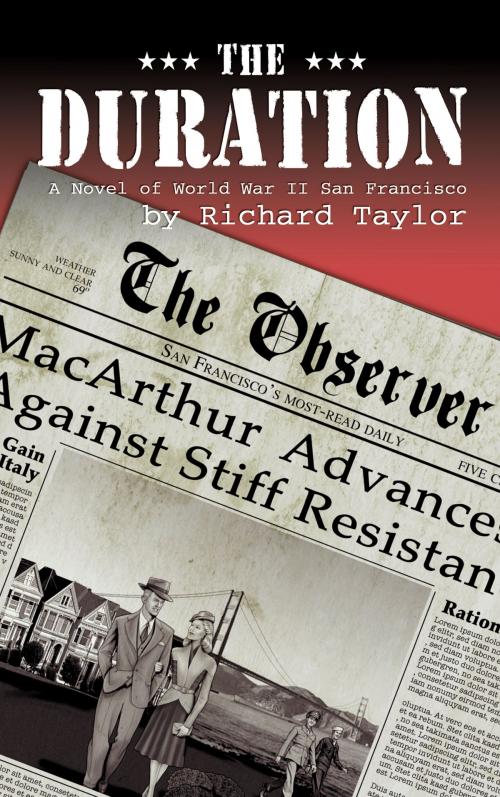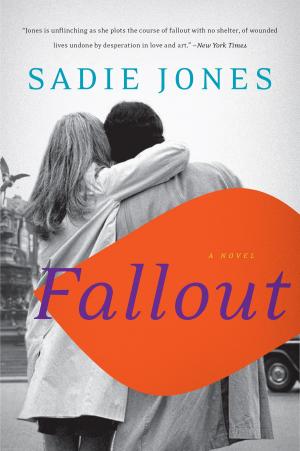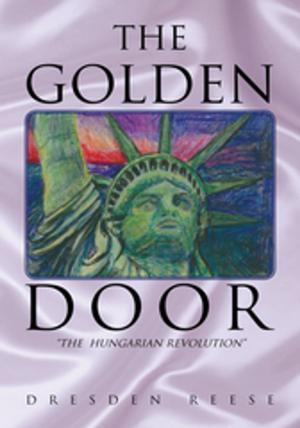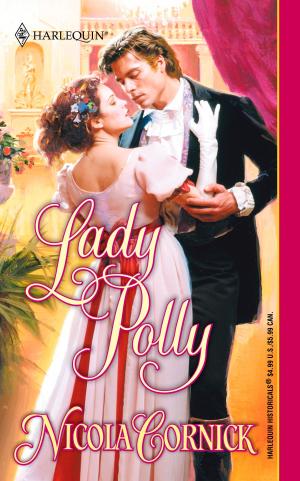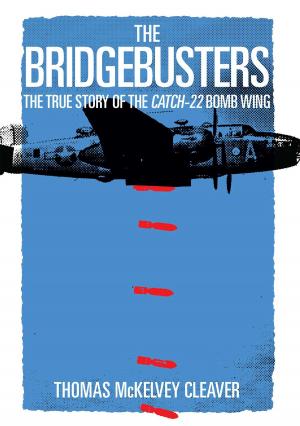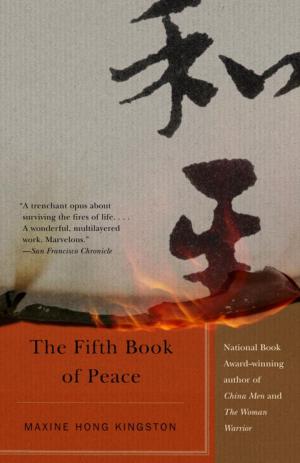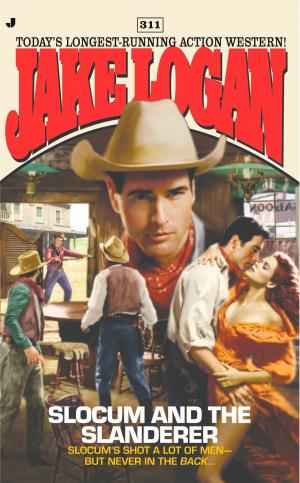| Author: | Richard Taylor | ISBN: | 9780982513262 |
| Publisher: | MaxM Ltd | Publication: | August 14, 2015 |
| Imprint: | Language: | English |
| Author: | Richard Taylor |
| ISBN: | 9780982513262 |
| Publisher: | MaxM Ltd |
| Publication: | August 14, 2015 |
| Imprint: | |
| Language: | English |
Richard Taylor was a talented, educated and erudite writer. Unfortunately, not a very tenacious one. He died without seeing his novel published. When former Los Angeles Times reporter Richard Taylor sent his novel to Charles Scribner & Sons in 1964 and it was returned unopened, he gave up. It sat in a box, still in the brown paper mailing wrapper, until his stepson discovered it last year. After a long career in newspapers, including a stint as editor of the East County Californian, Taylor died in 1979. The Duration is set on a fictional newspaper, The Observer, in San Francisco during World War II. When Lakeside Mark Hanson was cleaning out his mother’s home in Eucalyptus Hills after her death, he found the manuscript—Taylor was once married to Hanson’s mother. Hanson had previously read another unpublished novel by Taylor, one set during the Civil War, (the whereabouts of that manuscript are unknown) and knew what a talented writer Taylor was. He eagerly read this manuscript that had not seen the light of day in almost half a century. Taylor had been a reporter for the San Francisco Chronicle so knew whereof he wrote. The manuscript is an interesting look at life for a 4-F reporter during World War II and life at newspapers in the 1940s—a life Taylor lived—he spent the war in L.A. as reporter for The Times. The book is fascinating for its glimpse of that era, and even more so for what Richard Taylor’s writing says about the education of learned men of that time; Taylor had graduated, with honors, from Stanford University. He makes references to Mayor Jimmy Rolph, Andromeda and Perseus, the Bourbons, Charles V, Douglas Fairbanks, the Macedonians, Front de Boeuf, and many others—and these just in the first two chapters. The references provide insight as to how well-read newspapermen were in that time. The book is so full of these references that the publisher has included an unobtrusive glossary to spare the reader a few dozen trips to the dictionary or encyclopedia. Taylor includes so much minutia about ration cards and cable cars that it makes that time and place come back to life. His description of the hard-drinking, have-to-find-a-bar newspapermen made it clear that wives and girlfriends were secondary to the next martini. The attitude toward woman, like the attitude toward cigarettes—everyone smoked—seems antiquated now. The name of the main character who is actively engaging in an extramarital affair is prescient and amusing: John Edwards. The story is set in San Francisco, but Margaret, John Edwards’ primary girlfriend, is from San Diego and there are numerous references to the Naval District it comprised in the war years. It is a fun look at how newspapers used to function when men in green visors worked copy desks, bylines were given sparingly, and smudges from carbon paper were a mark of the trade. The novel shares a ton of recondite knowledge and recaptures a seminal moment in history.
Richard Taylor was a talented, educated and erudite writer. Unfortunately, not a very tenacious one. He died without seeing his novel published. When former Los Angeles Times reporter Richard Taylor sent his novel to Charles Scribner & Sons in 1964 and it was returned unopened, he gave up. It sat in a box, still in the brown paper mailing wrapper, until his stepson discovered it last year. After a long career in newspapers, including a stint as editor of the East County Californian, Taylor died in 1979. The Duration is set on a fictional newspaper, The Observer, in San Francisco during World War II. When Lakeside Mark Hanson was cleaning out his mother’s home in Eucalyptus Hills after her death, he found the manuscript—Taylor was once married to Hanson’s mother. Hanson had previously read another unpublished novel by Taylor, one set during the Civil War, (the whereabouts of that manuscript are unknown) and knew what a talented writer Taylor was. He eagerly read this manuscript that had not seen the light of day in almost half a century. Taylor had been a reporter for the San Francisco Chronicle so knew whereof he wrote. The manuscript is an interesting look at life for a 4-F reporter during World War II and life at newspapers in the 1940s—a life Taylor lived—he spent the war in L.A. as reporter for The Times. The book is fascinating for its glimpse of that era, and even more so for what Richard Taylor’s writing says about the education of learned men of that time; Taylor had graduated, with honors, from Stanford University. He makes references to Mayor Jimmy Rolph, Andromeda and Perseus, the Bourbons, Charles V, Douglas Fairbanks, the Macedonians, Front de Boeuf, and many others—and these just in the first two chapters. The references provide insight as to how well-read newspapermen were in that time. The book is so full of these references that the publisher has included an unobtrusive glossary to spare the reader a few dozen trips to the dictionary or encyclopedia. Taylor includes so much minutia about ration cards and cable cars that it makes that time and place come back to life. His description of the hard-drinking, have-to-find-a-bar newspapermen made it clear that wives and girlfriends were secondary to the next martini. The attitude toward woman, like the attitude toward cigarettes—everyone smoked—seems antiquated now. The name of the main character who is actively engaging in an extramarital affair is prescient and amusing: John Edwards. The story is set in San Francisco, but Margaret, John Edwards’ primary girlfriend, is from San Diego and there are numerous references to the Naval District it comprised in the war years. It is a fun look at how newspapers used to function when men in green visors worked copy desks, bylines were given sparingly, and smudges from carbon paper were a mark of the trade. The novel shares a ton of recondite knowledge and recaptures a seminal moment in history.
